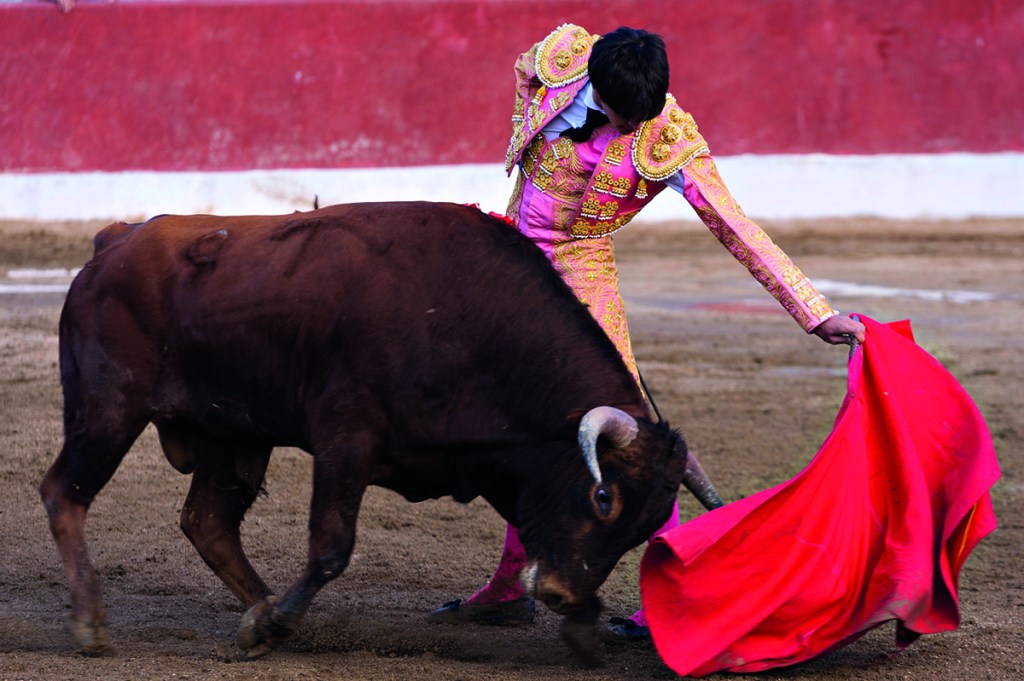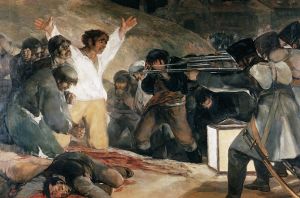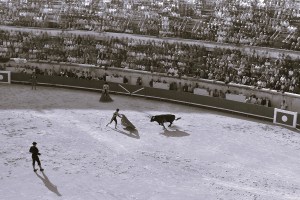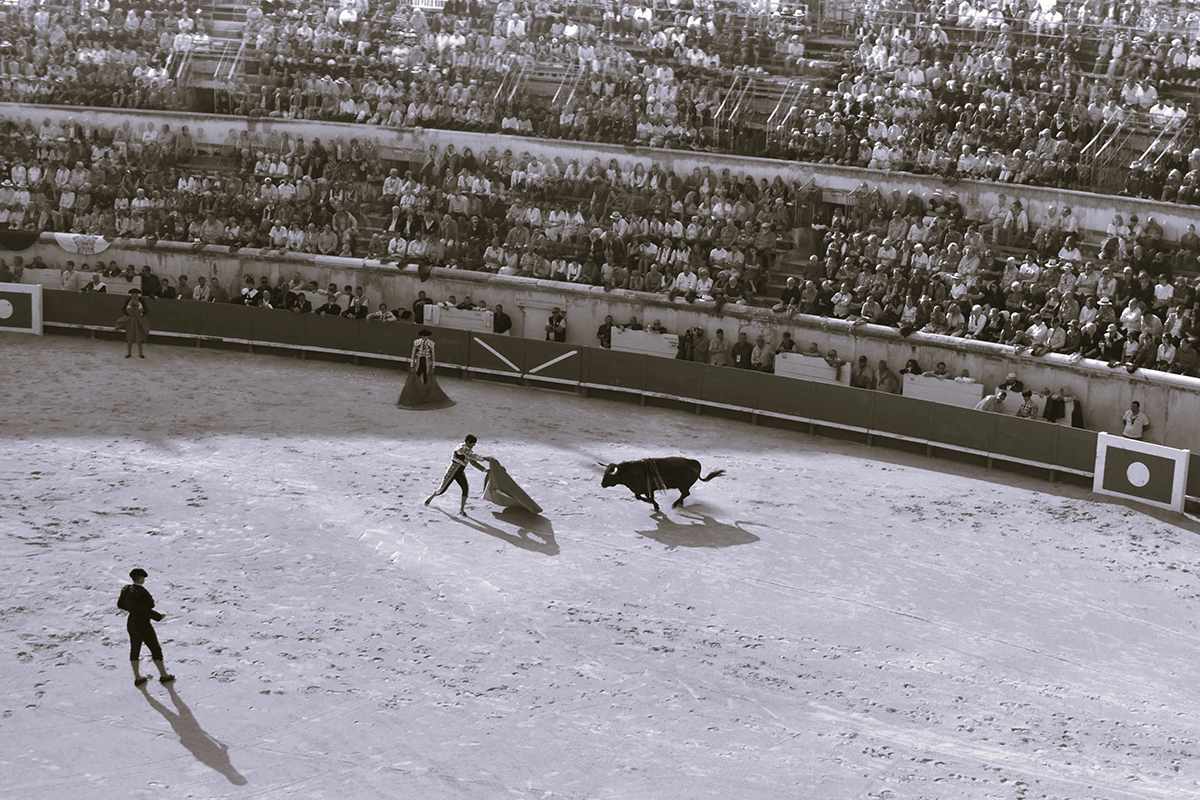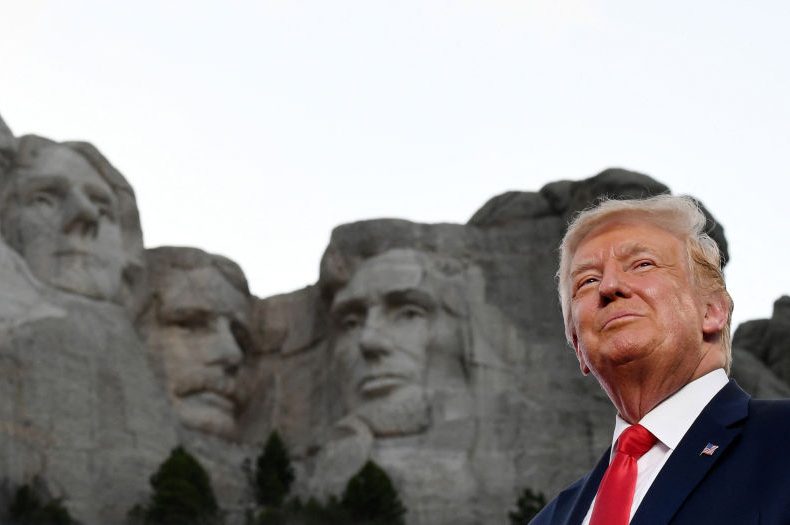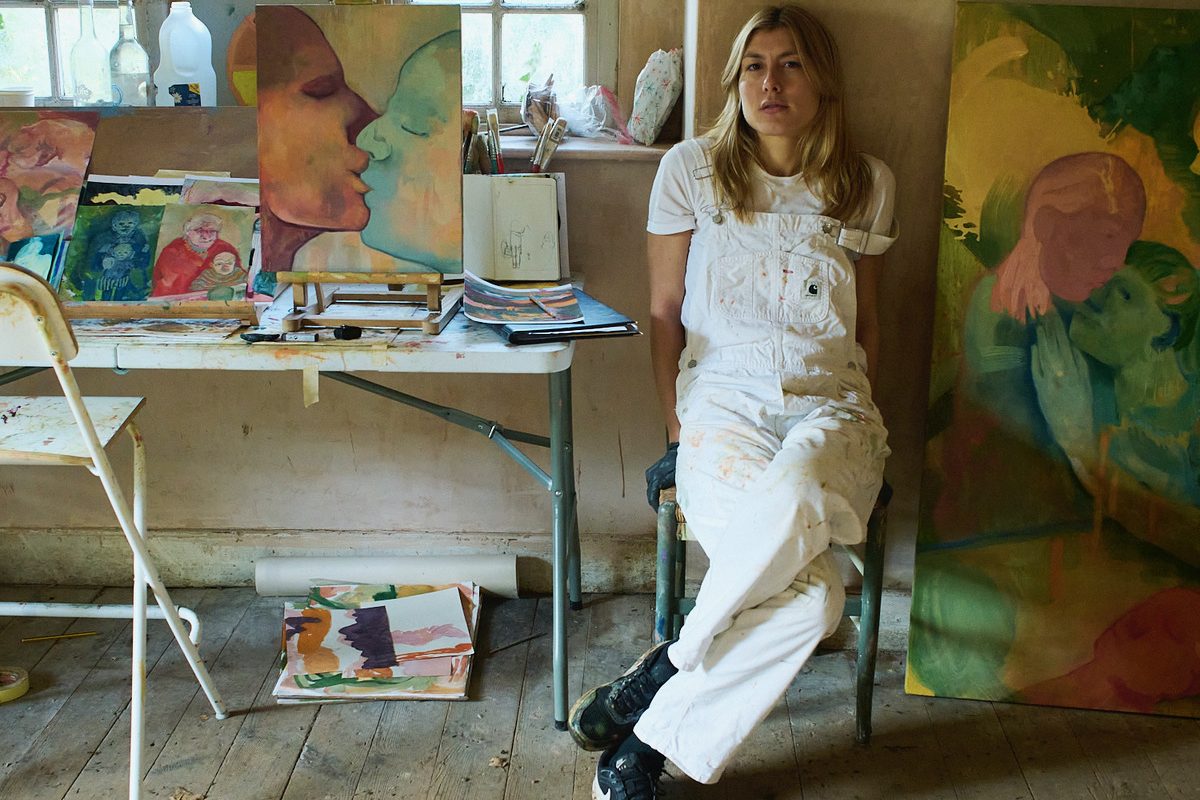Which US state will be first to legalize bullfighting? OK, I need to qualify the question. A few bloodless corridas were held in Nevada in 2009, and some Portuguese-style bullfighting — again, bloodless — is permitted in California, legally classed as part of religious tradition.
It won’t stop there, though. A friend in California breeds fighting bulls for sale to the Mexican market (bloodlines matter more than almost anything else to aficionados, each breeder seeking to stamp his beasts with his own aesthetic). My friend, the son of Mexican immigrants, is convinced it is only a matter of time before the law changes — probably through a referendum. ‘But we don’t want to win with 50 percent plus one. We want a big enough margin to settle the argument.’
Another friend, a San Diego winegrower of Irish descent, has for many years run a bullfighting school, taking his students to Spain or Mexico when they are ready to confront live animals. The Humane Society tried to close him down, arguing that he was teaching people skills that had no legal application in the US. He cheerfully accepted that premise — parachute one of his graduates into any of the eight countries where bullfighting is legal, he said, and they’d be perfectly primed to complete the rite — but still won his case.
The question of whether bullfights might one day be accepted in the United States depends on whether we see them as folklore or as art. If toreo is folklore, then its only chance will be in states where migration is altering the demographic balance: Texas, California, New Mexico, Arizona. On this reading, bullrings will rise in Southern California the same way cricket pavilions did in the late 19th century — as cultural markers for exiles who, being exiles, cling with peculiar nostalgia to the traditions of their fathers. Many Spanish people see their fiesta nacional in precisely such terms, believing that afición is quasi-genetic. But they are talking pure hooey. Art, by its nature, is universal. No one argues that you need to be Russian to appreciate ballet, or English to love Shakespeare.
Bullfighting resembles both. Its beauty resides in the liquid sculpture generated, slowly and exquisitely, by the shifting lines of man, cloth and animal. Think of any of the posters you have seen advertising a corrida. The chances are it depicts a carefully composed tableau. The aesthetic appeal depends on the arrangement of the three elements — man, cloth and animal must form a single group — which is why, uniquely in art, the gorgeousness is made possible by the deadliness.
To get a sense of what I mean, have a look at the poster from the recent Badajoz feria, one of the few to have gone ahead in this second lost season (the Saturday night was terrific, by the way, with eight ears cut). Exceptionally, it shows neither the man nor the bull; it does, I think, give a sense of the plastic beauty aficionados look for.
That, though, is not the whole story. Bullfighting is much more than a terpsichorean display. The ribbon gymnast is a performer but she is not, other than in the loosest sense, a creative artist. No, the art of toreo depends upon death — the certain death of the animal, and the unlikely but not unthinkable death of the matador. It is here that toreo resembles Shakespeare’s tragedies. Like them, it works its way towards a preordained climax and, in doing so, viscerally grabs the watcher. A fine corrida can leave you feeling drained and purified, in a way that a great production of one of the mature tragedies does. Ken Tynan, a famous theater critic and a serious aficionado, used to argue that Othello was essentially a stylized bullfight, in which the Moor is led, by that bewitching little handkerchief, to an end that we all see coming, but is no less wrenching for that.
Why, then, has the art not already spread across the US? Each of the 50 states boasts at least one Shakespeare festival, but there are to my knowledge only three taurine clubs: one in Chicago and two rivals in New York.
Art may be universal, but that doesn’t make it universally popular. We are acculturated as we learn the idiom in which performers express themselves. Taking a small boy to a bullfight (which is still legal in most of Spain) is a bit like taking him to a museum. He will enjoy the experience, but not with anything like the intensity that he will come to have when he can name the passes, identify the matadors and, in time, guess at the bull’s pedigree from its behavior.
It is possible Americans are less attuned to tragedy than, say, Mexicans. One of the defining characteristics of the US is it is forward-looking, and has little time for death. In his book What’s So Great About America, the immigrant writer Dinesh D’Souza remarked on the absence, relative to other countries, of elaborate funeral rites. Evelyn Waugh turned the same phenomenon into an entire satirical novel, The Loved One.
Americans — Protestant Americans, at any rate — may lack the requisite sense of the macabre. If you are uninterested in death, you will not so readily appreciate the tragedy of the ritual enacted on the sands. And if you don’t appreciate the tragedy, you may see only its gore, and so be revolted.
Yet reverence for bulls is as old as humanity. Today’s aficionado feels the same awe that led his ancestor to daub the image of the mightiest mammal onto the cave wall in Lascaux. Bulls are part of our common patrimony. As Hernán Cortés carried them to the New World, so we shall surely take them with us when we blast off for the stars.
This article was originally published in The Spectator’s August 2021 World edition.



